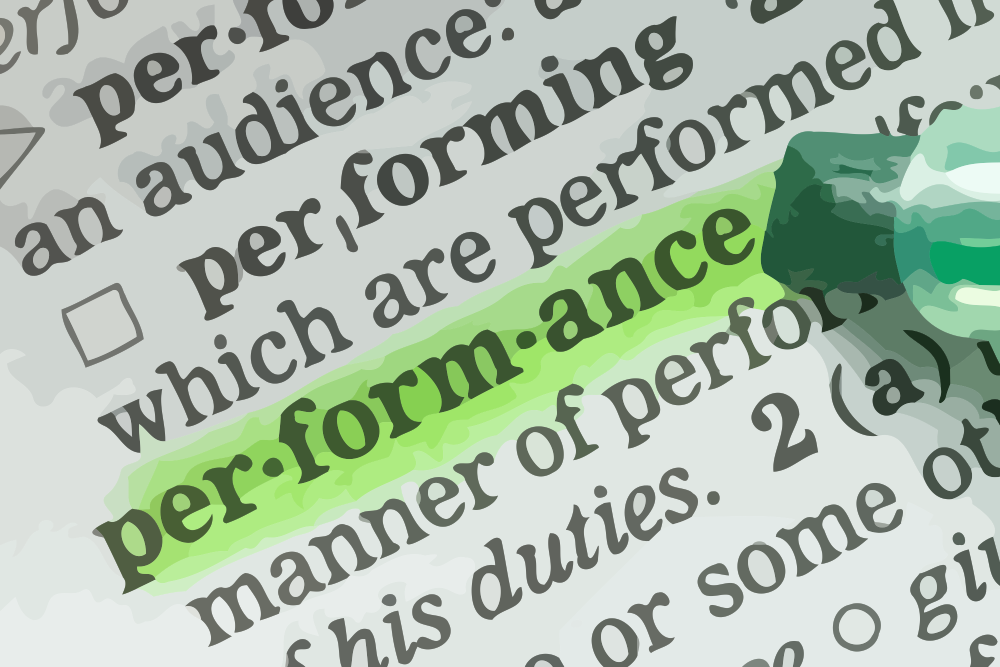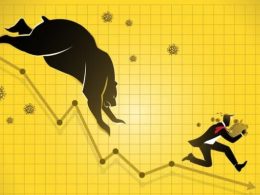Economic headwinds may stir up volatility in investment markets.
by Dirk Hofschire, CFA, SVP, Lisa Emsbo-Mattingly, Director, Jacob Weinstein, CFA, Research Analyst, Asset Allocation Research, and Cait Dourney, Analyst, Fidelity Investments
Key takeaways
- The US and other major economies around the world are in the late phase of the business cycle.
- Corporate hiring is down in the US and trade tensions between America and China have clouded global corporate confidence.
- Despite loose monetary policies around the world, economic headwinds may stir up volatility in investment markets.
United States
- The US is firmly in the late-cycle phase as evidenced by tight labor markets, challenged corporate profit margins, and a flat yield curve.
- The US consumer remains solid amid low unemployment, but sentiment indicators are beginning to decline from their peaks—a typical pattern during late cycle.
- Corporate hiring and capital spending intentions have declined amid a weak global backdrop.
- The Federal Reserve has eased monetary policy. Historically, rate cuts have been less effective late in the economic cycle.
Global
- The global business cycle continues to mature, and most major economies are in the late-cycle phase.
- China's monetary and fiscal policy-easing has helped stabilize industrial activity, but a material reacceleration from its growth recession remains unlikely.
- Trade tensions and higher tariffs, particularly between the US and China, have cast a shadow over corporate confidence in the highly integrated global economy.
- Overall, weaker global manufacturing and trade activity have shown few signs of abating, and it remains to be seen whether policy-easing measures will prove sufficient to stimulate a sustained global reacceleration.
Asset allocation outlook
- Consistent with a maturing business cycle, asset-class patterns may become less reliable, warranting smaller cyclical tilts and prioritization of portfolio diversification.
- The move to a global monetary easing cycle may boost asset valuations and provide support for financial conditions in the near term, but trade policy uncertainty and a multitude of economic headwinds may blunt the ability of monetary easing to stimulate global growth.
- Overall, we expect the late-cycle environment to provide more volatility and a less favorable risk-return profile for asset markets than during recent years.
Business cycle framework
The business cycle, which is the pattern of cyclical fluctuations in an economy over a few years, can influence asset returns over an intermediate-term horizon. Cyclical allocation tilts are only one investment tool, and any adjustments should be considered within the context of long-term portfolio construction principles and strategic asset allocation positioning.
Copyright © Fidelity Investments













